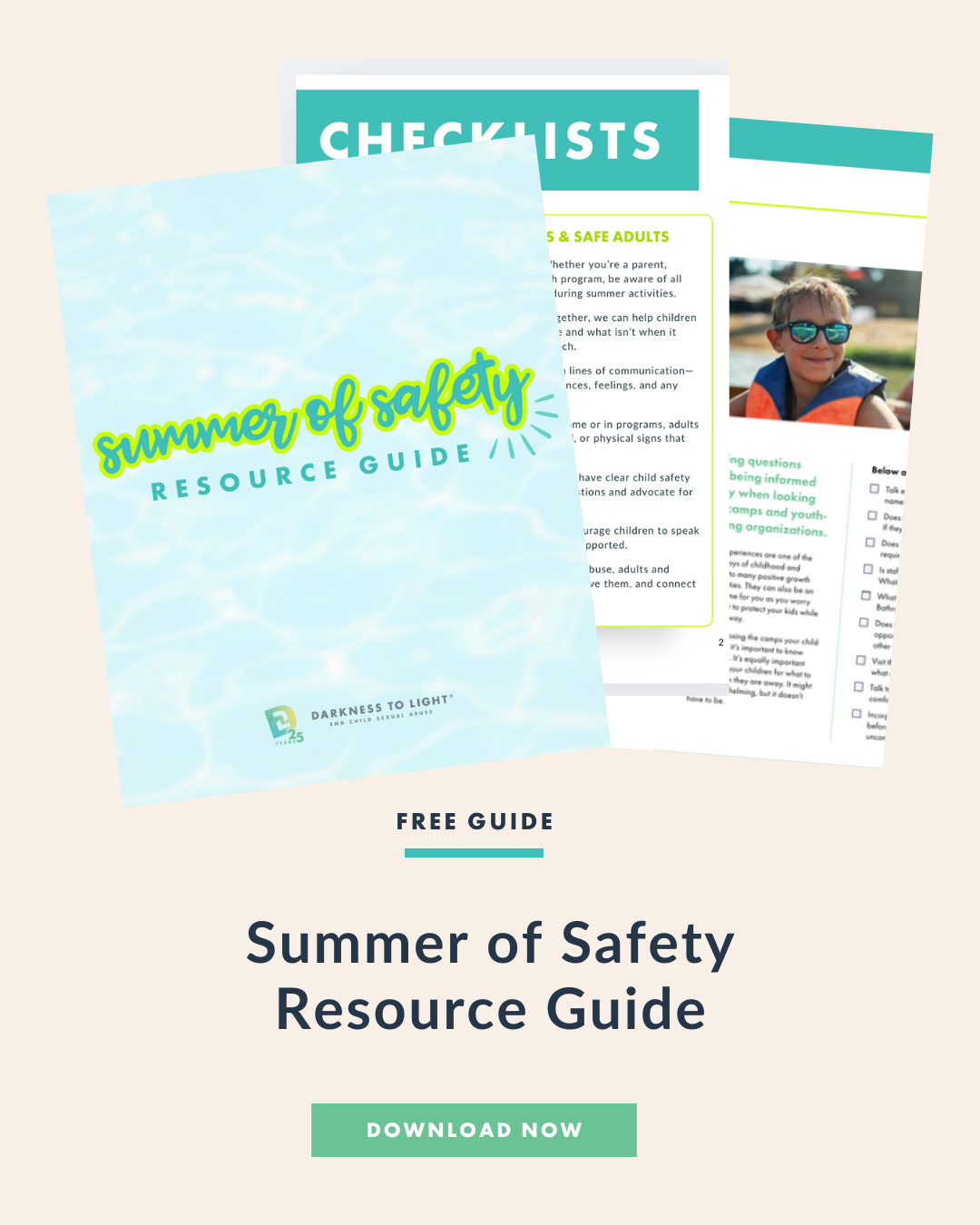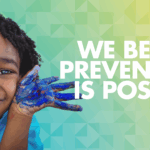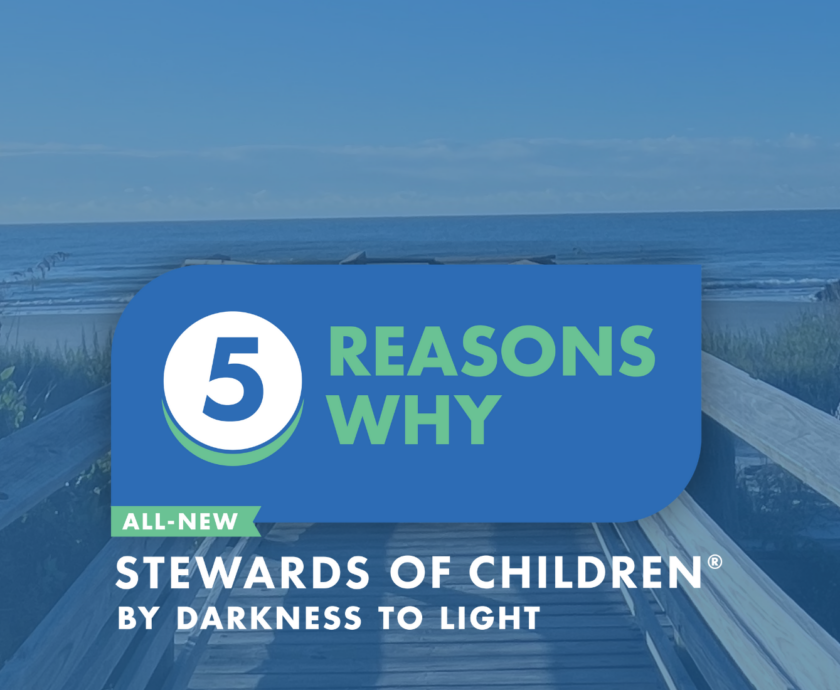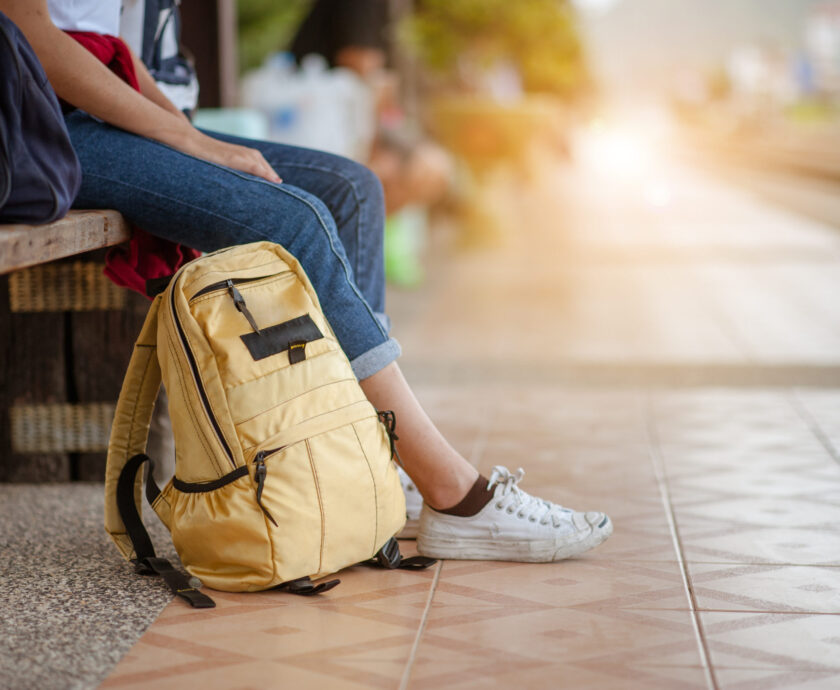School is out, the days are longer, and summer fun is in full swing. But while the season brings sunshine, freedom, and adventure, it also quietly shifts the landscape of child safety.
The structure and predictability of the school year provide natural layers of protection for children—daily routines, consistent supervision, and safe adults who may notice when something’s wrong. During summer, those safeguards can fade into the background.
That’s why now, more than ever, it’s critical for safe adults to stay present, stay informed, and stay proactive.
Why Summer Increases Risk 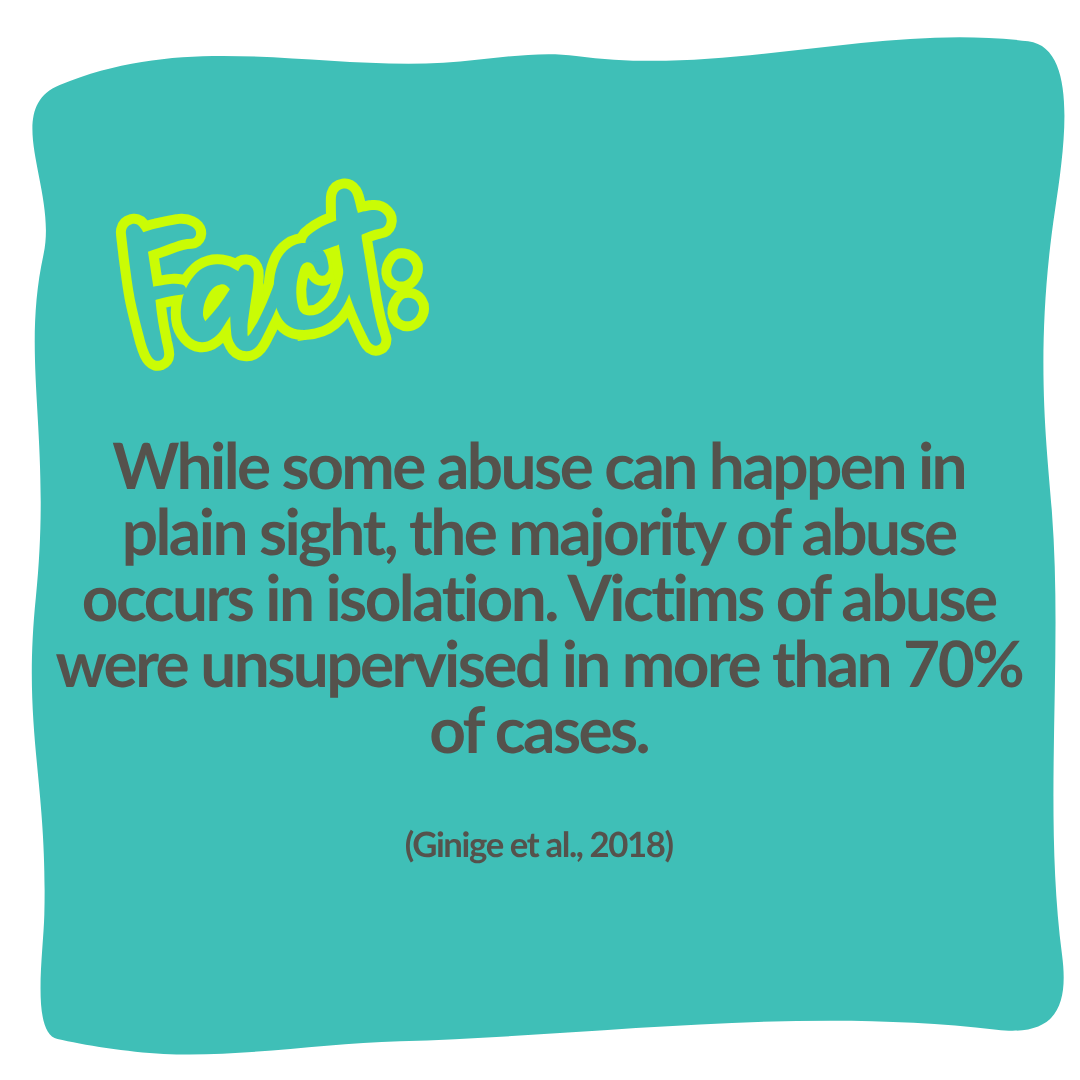
It’s easy to assume that with fewer structured activities, kids are safer. But the reality is, summer introduces new—and often hidden—risk factors:
- New caregivers: Babysitters, camp staff, and extended family members may not have received training in child protection or abuse prevention.
- More one-on-one situations: Whether at sleepovers, camps, or in extracurricular activities, children may spend more unsupervised time with adults or peers.
- Increased screen time: With more free time, kids often spend more hours online, opening the door to potential online grooming or exploitation.
- Less oversight: Without regular interaction with teachers, coaches, and school personnel, warning signs of abuse are more likely to go unnoticed.
These factors don’t mean we should fear summer—they mean we should prepare for it.
What Safe Adults Can Do
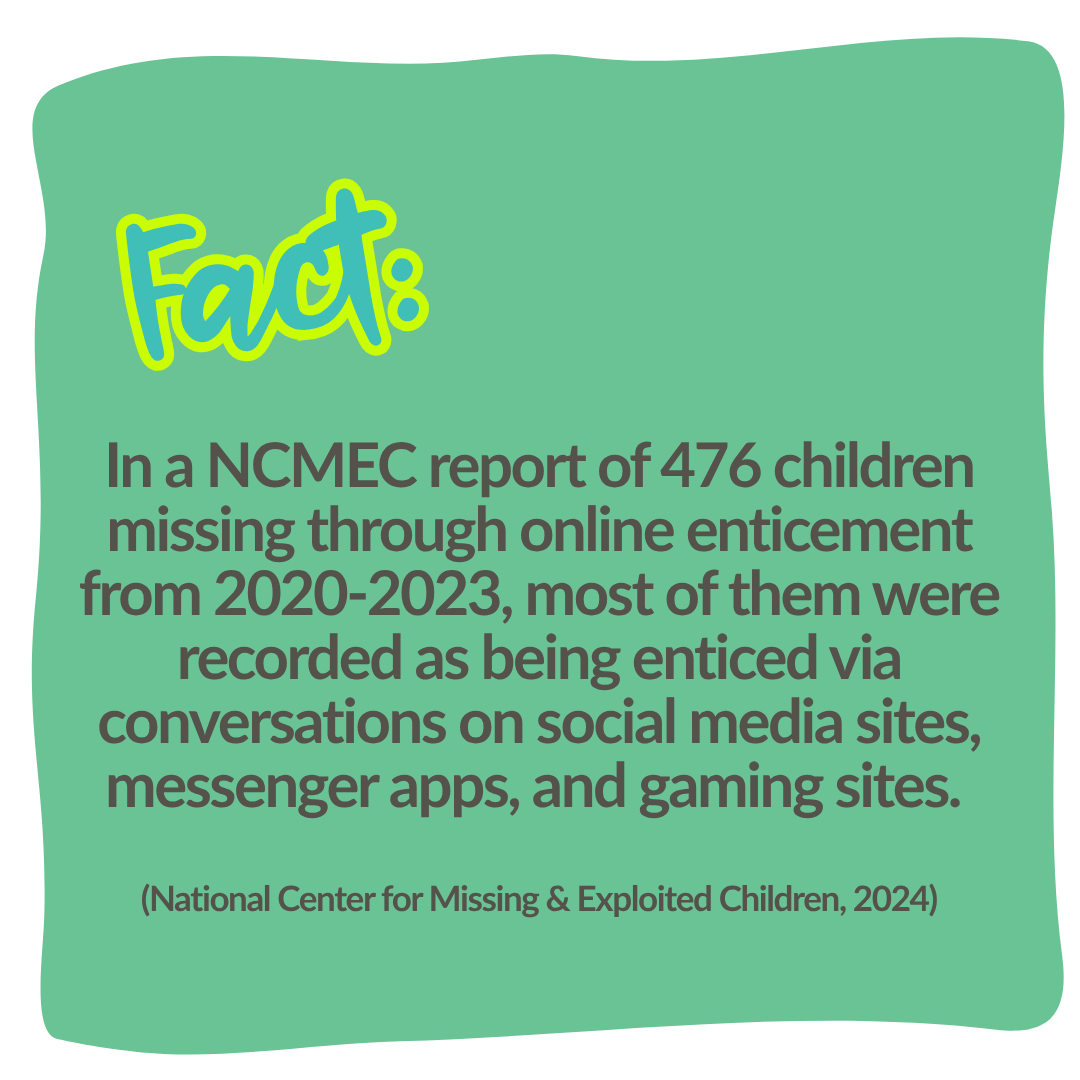
Prevention is possible, no matter the season, and with the right tools and a thoughtful plan, adults and communities can make a big difference:
- Talk early and often: Have age-appropriate conversations with children about boundaries, body safety, and who they can talk to if something feels wrong.
- Minimize one-on-one situations: Whenever possible, follow the rule of three—ensure that another adult or child is present during activities.
- Stay informed: Properly vet caregivers, inquire about safety policies at camps and programs, and ensure that background checks, reference checks, and child protection training are part of the hiring process.
- Set digital boundaries: Monitor screen time, know what apps, platforms, and privacy settings your child is using, and keep open lines of communication about their online activity.
- Train yourself and others: One of the most effective ways to protect children is to become educated in prevention.
Protective factors or positive childhood experiences can aid children in having healthy development and mitigate the effects of child sexual abuse and other adverse childhood experiences (ACEs).*
By allowing children the ability to form secure and supportive connections and relationships, develop self-worth, and feel a sense of belonging, they can become more resilient and protected from harm.
Take Action This Summer
If you’re looking for a place to start, Darkness to Light’s Stewards of Children® training is a powerful first step. It’s an evidence-informed, award-winning program that teaches adults how to prevent, recognize, and react responsibly to child sexual abuse. It’s also available in Spanish as Guardianes de los Niños®.
If you are in a time crunch, explore our Safety in Seconds series for bite-sized prevention information.
As we soak up the joys of summer, let’s also commit to staying vigilant.
Being a safe adult doesn’t require perfection—it simply means showing up, speaking up, and staying aware. Whether you’re a parent, coach, neighbor, or camp counselor, you have the power to make a difference. Together, we can ensure this summer is not only fun-filled but also grounded in safety, support, and prevention.
*Bethell et al., 2019
Download our Summer of Safety Resource Guide!
This guide is designed to help you confidently navigate conversations with children, recognize signs of unsafe situations, and take proactive steps to create safer environments. With practical tips, checklists, and actionable guidance, you’ll be equipped to protect the children in your life and empower them to feel heard, supported, and safe all summer long.


